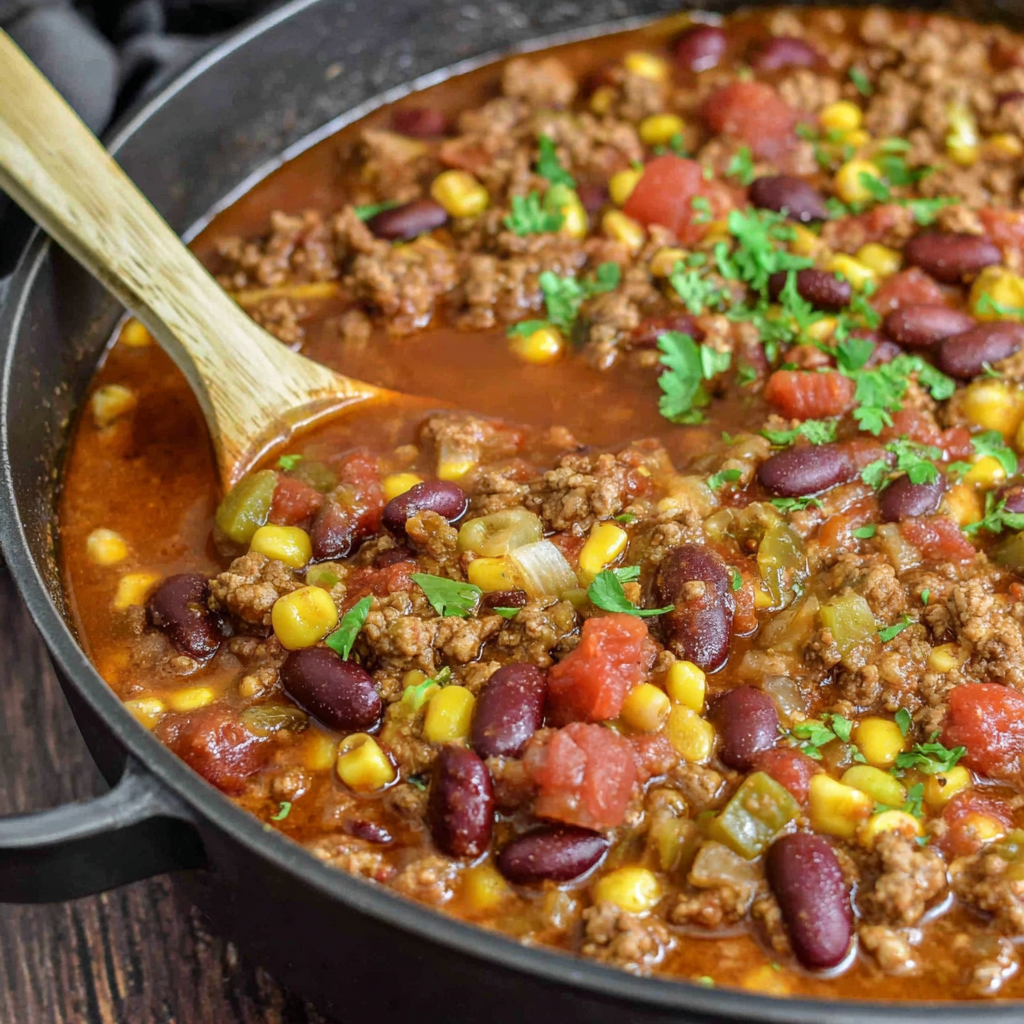30-Minute Garlic Ginger Glazed Salmon (Gluten Free!)

A quick, pantry-friendly salmon finished with a sticky garlic ginger glaze. Gluten free, soy free option, and ready in 30 minutes for a weeknight favorite.
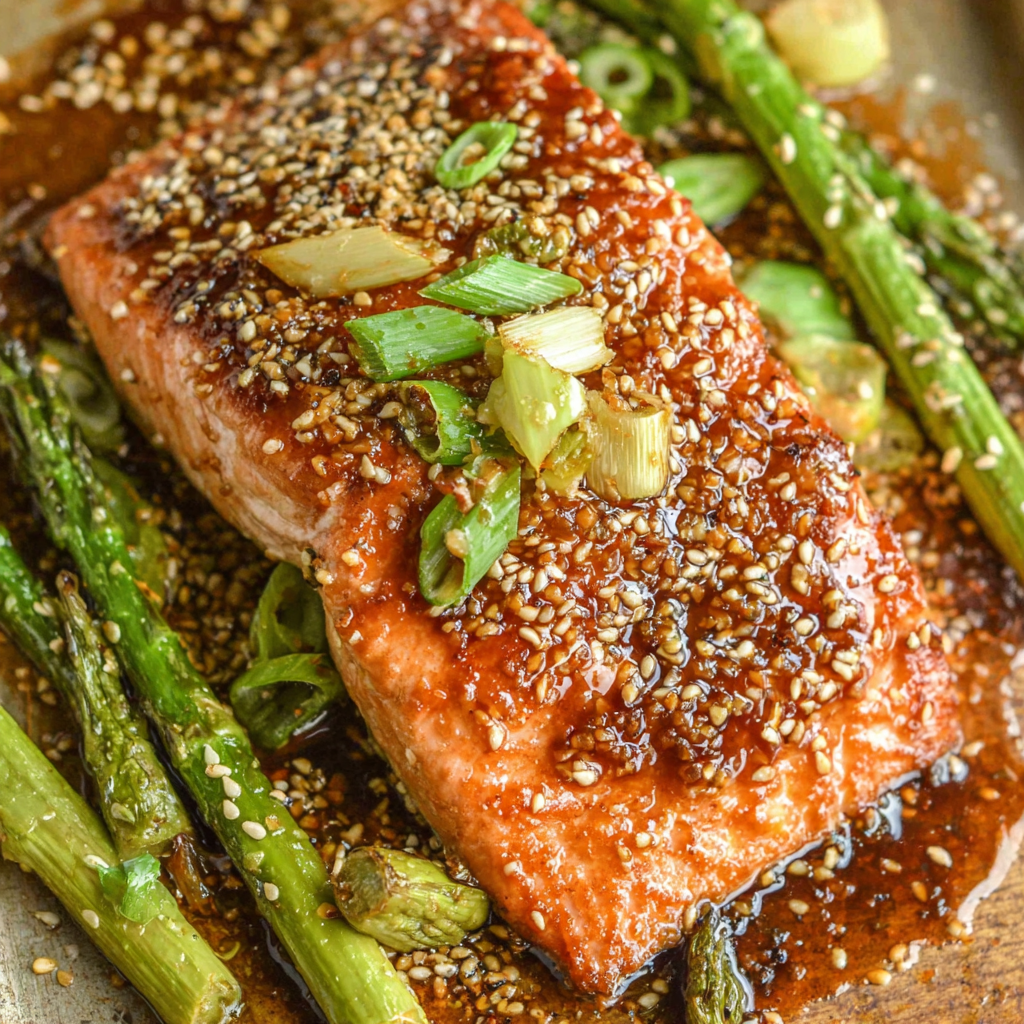
This garlic ginger glazed salmon became my go-to weeknight meal the moment I discovered how little effort it takes to deliver big flavor. I first tested this combination on a busy Tuesday when I had a single center cut piece of salmon and a few pantry staples. The glaze came together in minutes with grated garlic, fresh ginger, coconut aminos, and a touch of honey, and the fish emerged from the oven glossy, caramelized at the edges, and perfectly flaky inside. It is the sort of dish that feels intentional without requiring advance planning or a long marinade. My partner called it restaurant quality and my normally picky teenager ate every bite.
What I love about this preparation is how it balances sweet, savory, and bright notes while staying naturally gluten free and easily adaptable. There is no need to marinate for hours. Instead, the warm oven and the sugar in the honey promote a quick caramelization that clings to the fish, while sesame oil and sesame seeds add a subtle nutty depth. The recipe makes two servings but doubles easily. I often double it for a family dinner or to have salmon ready for a salad the next day. If you keep jarred coconut aminos, rice vinegar, and sesame oil in your pantry, this will become one of the fastest reliable dinners in your rotation.
Why You'll Love This Recipe
- This comes together in just 30 minutes from start to finish, perfect for hectic weeknights when you want a healthy protein with minimal fuss.
- The glaze uses pantry staples like coconut aminos and honey so you rarely need special shopping trips.
- There is no marinade time, which means you can prep and bake while making a simple side dish, saving time and cleanup.
- Gluten free and can be soy free by choosing coconut aminos. Naturally sweetened with honey for better caramelization than refined sugar.
- Bright garlic and fresh ginger pair with toasted sesame to create complex flavors that feel much more sophisticated than the effort required.
- Scales easily. Use the same sauce for up to about 1 pound of salmon or double everything for larger fillets.
In my experience the family always requests seconds when the glaze hits the pan and the kitchen fills with the aroma of toasted sesame and warm ginger. This dish has saved more than one rushed evening and still feels special when guests arrive unexpectedly. It pairs well with steamed rice, a simple butter lettuce salad, or roasted vegetables.
Ingredients
- Salmon: 3/4 pound center cut piece of salmon, about 12 ounces total. Choose a center cut fillet, preferably wild or sustainably farmed, with even thickness for predictable cooking. Pat dry to ensure the glaze sticks and the fish browns.
- Salt: A few pinches of kosher salt to season the flesh lightly. Kosher salt gives more control and dissolves quickly.
- Coconut aminos or gluten free tamari: 3 tablespoons. Coconut aminos provides umami with no soy; use gluten free tamari if you prefer a deeper soy flavor but note it is not soy free.
- Rice vinegar: 2 teaspoons. Adds acidity to balance the sweet honey and cut through the oil.
- Honey: 1 tablespoon. Use a mild honey for even caramelization. Honey helps the glaze thicken and gives a glossy finish.
- Hot sauce (optional): 1 teaspoon. Adds a faint heat if desired; omit for a kid-friendly version.
- Sesame oil: 1 tablespoon. Toasted sesame oil brings a concentrated nutty aroma. A little goes a long way.
- Garlic: 2 cloves, grated or finely chopped. Fresh garlic brightens the glaze and releases aromatic oils when mixed into the liquid.
- Fresh ginger: 1 teaspoon, grated or finely chopped. Fresh ginger gives a warm peppery brightness that complements the honey and sesame.
- Sesame seeds: 2 teaspoons mixed into the sauce, plus extra for garnish. Use white or toasted sesame seeds for texture and mild crunch.
- Green onions: 3 green onions, white and light green parts cut into 1 inch pieces and stirred into the glaze; reserve some thin slices for garnish.
Instructions
Preheat the oven: Set the oven to 400 degrees Fahrenheit. Use the time while the oven comes to temperature to prep the salmon and mix the glaze. A preheated oven ensures even cooking and a quick initial set of the glaze. Prep the salmon: Pat the fillet completely dry with paper towels. Lightly season both sides with kosher salt. Line a small ovenproof skillet or baking dish with parchment paper for easy cleanup and consistent contact with heat. Place the salmon skin side down if the skin is left on. Aim for even thickness so the center cooks evenly. Whisk the glaze: In a small bowl combine 3 tablespoons coconut aminos, 2 teaspoons rice vinegar, 1 tablespoon honey, 1 teaspoon hot sauce if using, 1 tablespoon sesame oil, grated garlic, grated ginger, and 2 teaspoons sesame seeds. Whisk until the honey is fully incorporated. Stir in the cut green onion pieces so they release some mild onion flavor into the glaze without overpowering it. Coat and bake: Pour the sauce over the salmon so it pools and coats the surface. Transfer to the oven and bake for 15 to 17 minutes. At about the halfway point gently spoon the glaze over the top to baste the fish and encourage even caramelization. Look for the edges to turn opaque and flaky but not dry. Finish at high heat: Remove the salmon, increase the oven temperature to 450 degrees Fahrenheit, baste once more with the glaze and return to the oven for an additional 3 to 5 minutes. This short blast at higher heat concentrates the sugars so the surface becomes glossy and slightly caramelized. Cook until the internal flesh flakes easily with a fork and reaches an internal temperature of 125 to 130 degrees Fahrenheit for medium doneness. Serve: Garnish with extra sesame seeds and thinly sliced green onions. Serve immediately with steamed rice or vegetables. Leftovers keep well and can be flaked onto salads or grain bowls.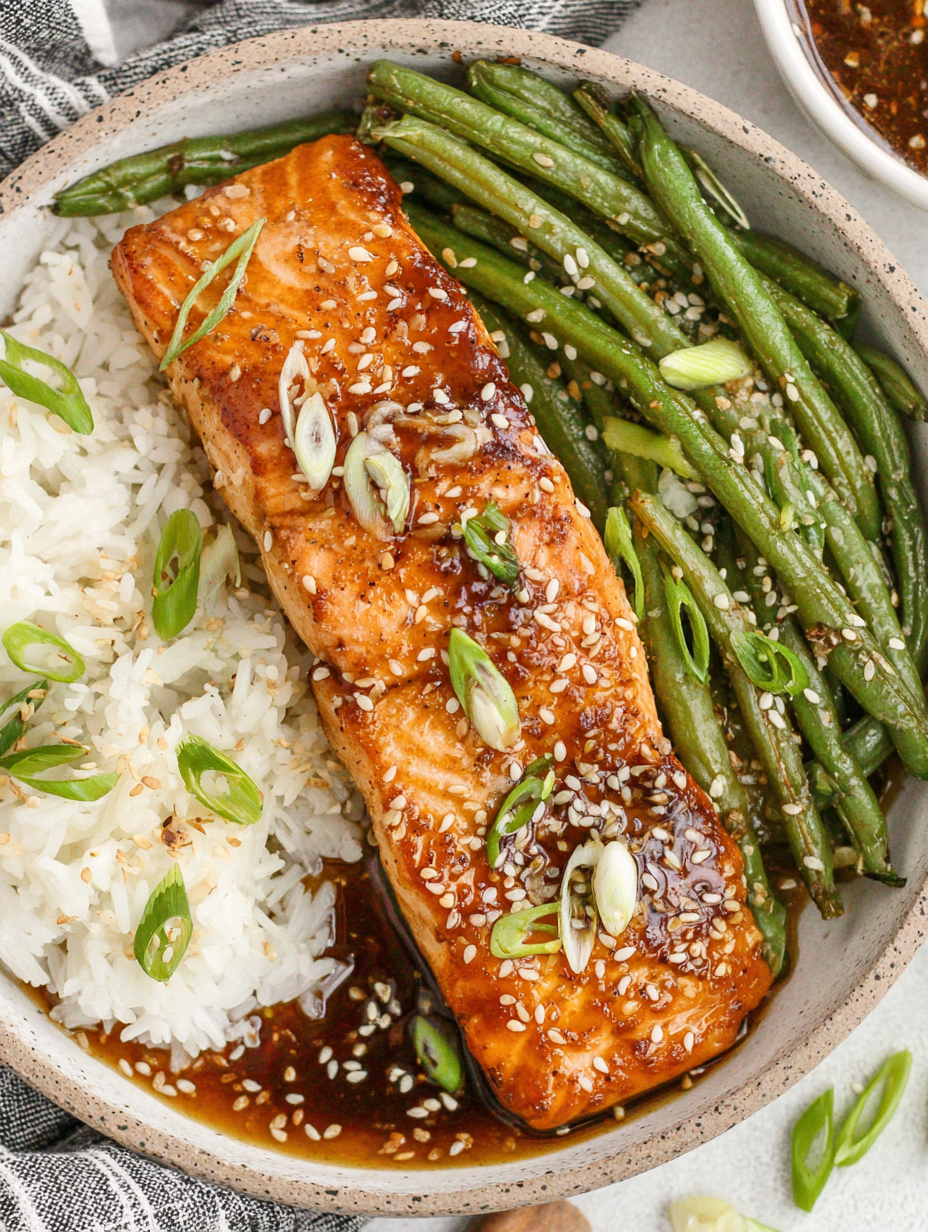
You Must Know
- This is high in protein and rich in omega three fatty acids thanks to the salmon. It is naturally gluten free when using coconut aminos or gluten free tamari.
- Freezes well. Cooked salmon keeps up to three months in the freezer in airtight containers though texture is best within one month.
- To reheat, thaw overnight in the refrigerator and warm gently in a 300 degree Fahrenheit oven covered with foil to avoid drying.
- For best caramelization watch closely during the final 3 to 5 minute high heat step to prevent burning because sugars brown quickly.
- Leftover glaze can be reduced on the stove for a thicker sauce to spoon over rice or vegetables.
My favorite aspect of this dish is how adaptable it is. I have served it to guests alongside roasted asparagus and to my family with simple brown rice. Once I doubled the recipe for a holiday lunch and guests asked for the recipe by the end of the meal. The aroma of sesame and warm ginger keeps bringing people back to the kitchen for a taste.
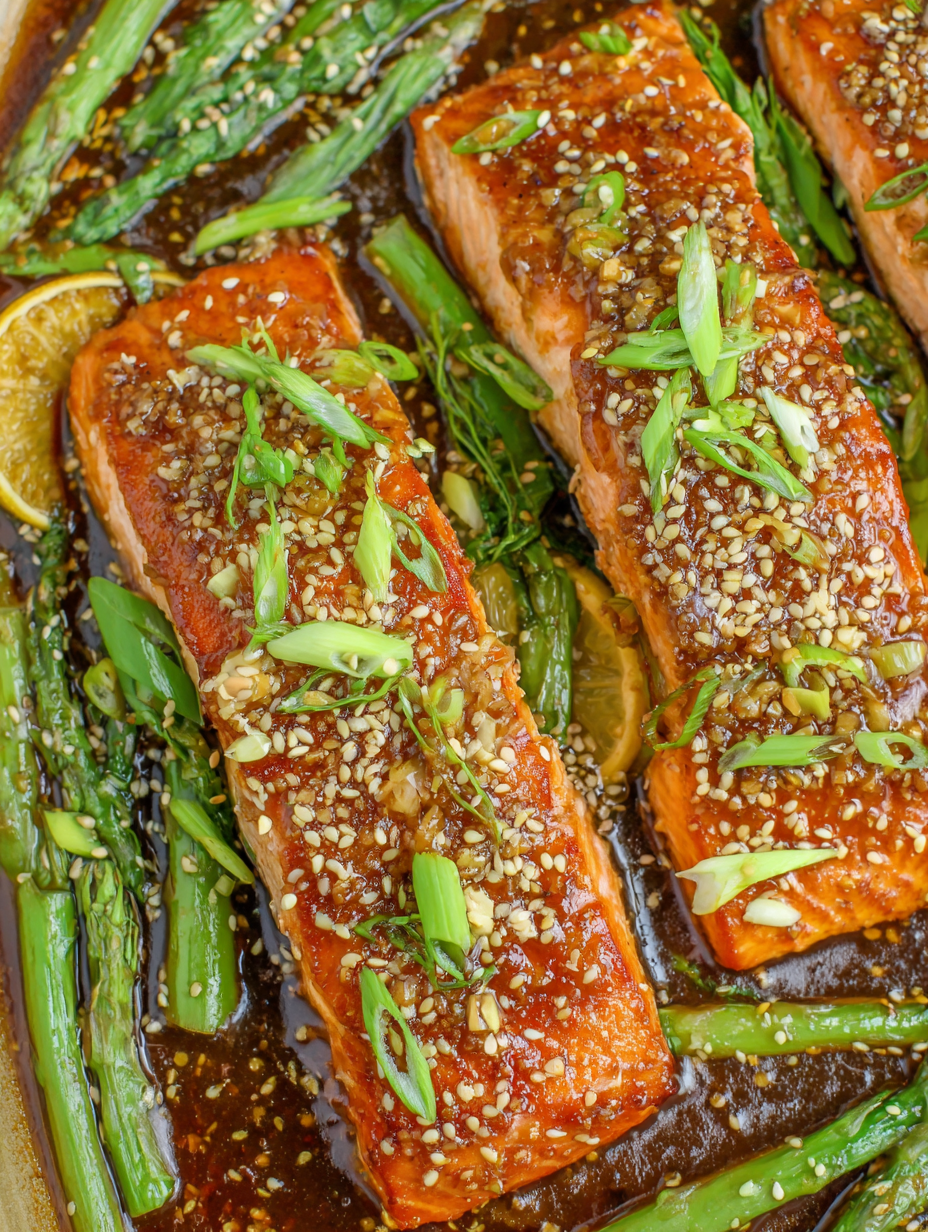
Storage Tips
Store any leftovers in an airtight container in the refrigerator for up to three days. If you plan to freeze portions, wrap tightly in plastic wrap then place in a freezer safe container for up to three months. When reheating, defrost in the refrigerator overnight and reheat gently in a 300 degree Fahrenheit oven covered with foil or flake cold over salads for a quick meal. Avoid microwave reheating when possible as it can make the flesh tough. The glaze will firm up when chilled; spoon room temperature glaze over the fish after reheating to revive shine.
Ingredient Substitutions
If coconut aminos are not available use gluten free tamari for a more soy forward flavor though it will no longer be soy free. Maple syrup can replace honey at a one to one ratio for a slightly more robust flavor. Avocado oil may substitute for sesame oil if you prefer a milder profile; add a few drops of toasted sesame oil at the end for aroma. For a spicier kick swap the optional hot sauce for gochujang or a pinch of red pepper flakes. If you prefer less sweetness reduce the honey to 2 teaspoons and increase the rice vinegar by 1 teaspoon to maintain balance.
Serving Suggestions
Serve over steamed jasmine or brown rice to soak up the glaze. For a lighter meal, flake the salmon over mixed greens with thin cucumber ribbons and a drizzle of extra glaze. Roasted broccoli, sautéed snow peas, or a simple citrus salad pair beautifully. Garnish with toasted sesame seeds and thinly sliced green onions for color and crunch. This works well for casual dinners and more formal gatherings when plated with a wedge of lemon and a side of quick pickled vegetables.
Cultural Background
The flavor profile mirrors East Asian glazes that combine salty, sweet, and umami elements. Coconut aminos are a modern pantry staple inspired by traditional soy-based seasonings. Sesame oil and fresh ginger are classic components in regional cuisines across East Asia. This preparation adapts those familiar flavors to a quick Western oven finish, highlighting the natural richness of salmon while honoring the balance of sweet and savory typically found in glaze-based dishes.
Seasonal Adaptations
In spring and summer serve with a bright herb salad and thinly sliced radishes. In cooler months pair with roasted root vegetables and a warm barley salad. Swap honey for darker syrups like molasses in late fall for a deeper note and add a pinch of cinnamon or star anise for holiday flair. Fresh citrus zest added to the glaze in summer brightens the profile and echoes seasonal citrus availability.
Meal Prep Tips
Double the batch and bake two similar sized fillets at once for multiple dinners. Keep the sauce measured and combined in a jar in the refrigerator for up to three days and pour over fresh salmon before baking. Pre-slice green onions and store in an airtight container to save time. Cooked salmon stores well and can be used cold over salads or gently reheated for quick lunches. Use portioned foil containers to assemble ready to reheat meals for busy weekdays.
This garlic ginger glazed salmon is a dependable, flavorful option that feels both effortless and special. Whether on a rushed weeknight or as part of a relaxed weekend meal, it rewards minimal work with a satisfying, well balanced plate your family and guests will enjoy.
Pro Tips
Pat the salmon very dry before seasoning to help the glaze adhere and promote caramelization.
Increase oven to 450 degrees Fahrenheit for the last few minutes to achieve a glossy caramelized finish, but watch closely so the glaze does not burn.
If doubling the recipe for one large fillet increase baking time to 20 to 25 minutes at 400 degrees Fahrenheit before the final high heat step.
Use freshly grated garlic and ginger for the brightest flavor; jarred versions will work but are less vibrant.
This nourishing 30-minute garlic ginger glazed salmon (gluten free!) recipe is sure to be a staple in your kitchen. Enjoy every moist, high protein slice — it is perfect for breakfast or as a wholesome snack any time.
FAQs about Recipes
Can I make this soy free?
Yes. Use coconut aminos to keep it soy free and ensure your tamari is labeled gluten free if you choose that option.
How do I know when the fish is done?
Oven times vary by thickness. Cook until the center flakes and reaches 125 to 130 degrees Fahrenheit for medium doneness.
Tags
30-Minute Garlic Ginger Glazed Salmon (Gluten Free!)
This 30-Minute Garlic Ginger Glazed Salmon (Gluten Free!) recipe makes perfectly juicy, tender, and flavorful steak every time! Serve with potatoes and a side salad for an unforgettable dinner in under 30 minutes.

Ingredients
Fish
Sauce
To garnish
Instructions
Preheat the oven
Preheat oven to 400 degrees Fahrenheit. Allow oven to fully come to temperature for even cooking.
Prep salmon
Pat salmon dry and season lightly with kosher salt. Line a small baking dish or oven safe skillet with parchment paper and place salmon on top.
Whisk sauce together
In a small bowl combine coconut aminos, rice vinegar, honey, hot sauce if using, sesame oil, grated garlic, grated ginger, and sesame seeds. Whisk until combined and stir in the cut green onions.
Bake salmon
Pour sauce over salmon and bake at 400 degrees Fahrenheit for 15 to 17 minutes, basting once halfway through. Remove and increase oven to 450 degrees Fahrenheit.
Finish and serve
Spoon glaze over salmon again and return to oven for 3 to 5 minutes until caramelized. Garnish with extra sesame seeds and thinly sliced green onions and serve.
Last Step: Please leave a rating and comment letting us know how you liked this recipe! This helps our business to thrive and continue providing free, high-quality recipes for you.
Nutrition
Did You Make This?
Leave a comment & rating below or tag
@flavest on social media!

Categories:
You might also like...
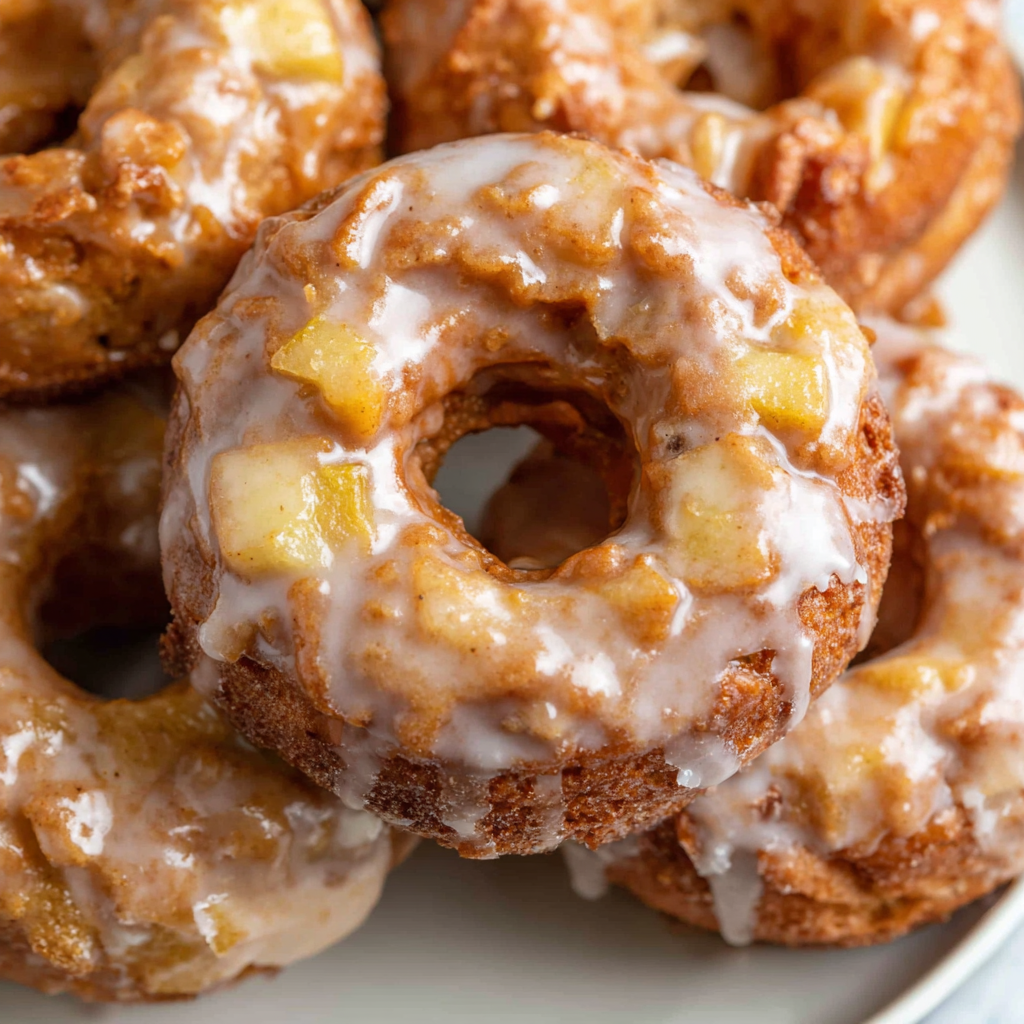
Glazed Apple Cider Donuts
Warm-spiced apple cider donuts with tender apple bits and a glossy cider glaze, fried crisp and irresistibly cozy for fall.
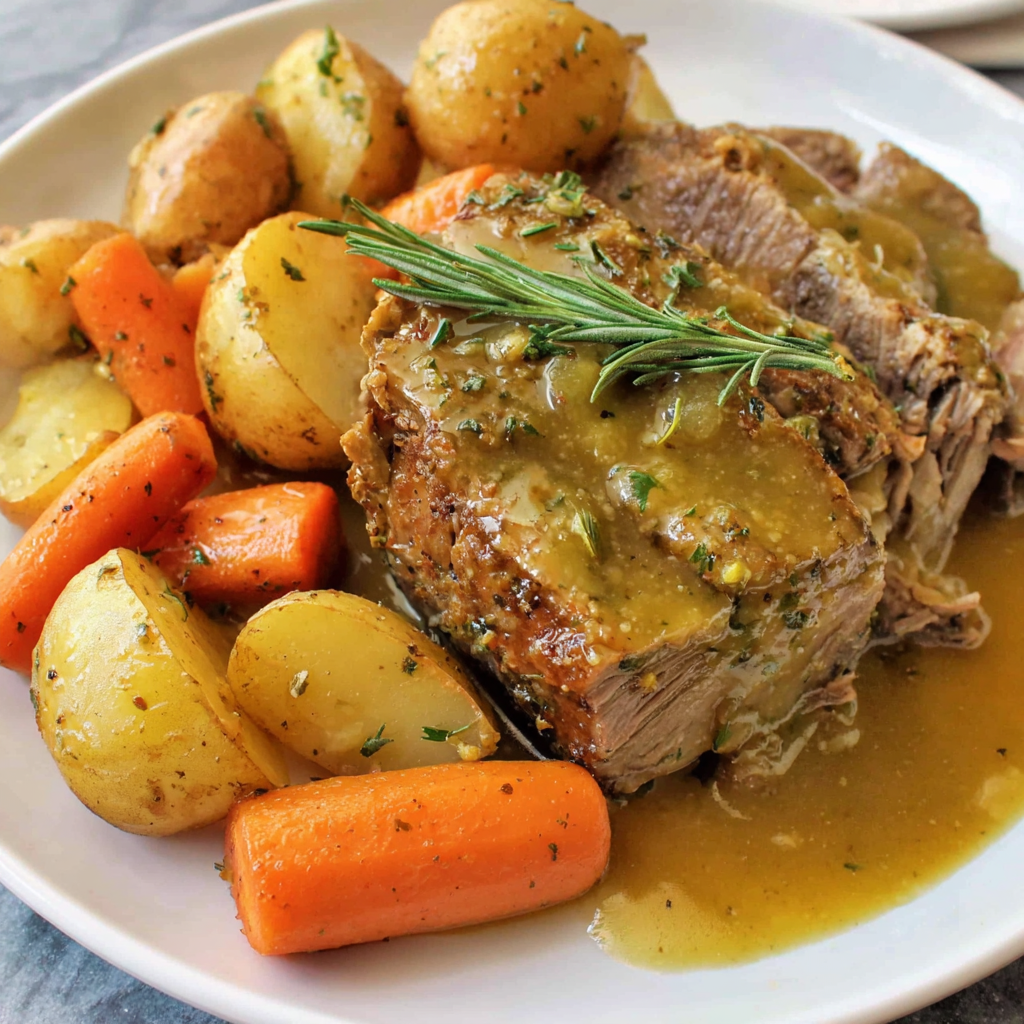
Slow Cooker Pork Pot Roast
All-day slow cooking turns pork shoulder, potatoes, and carrots into a tender, savory classic with a rich homemade gravy everyone will love.
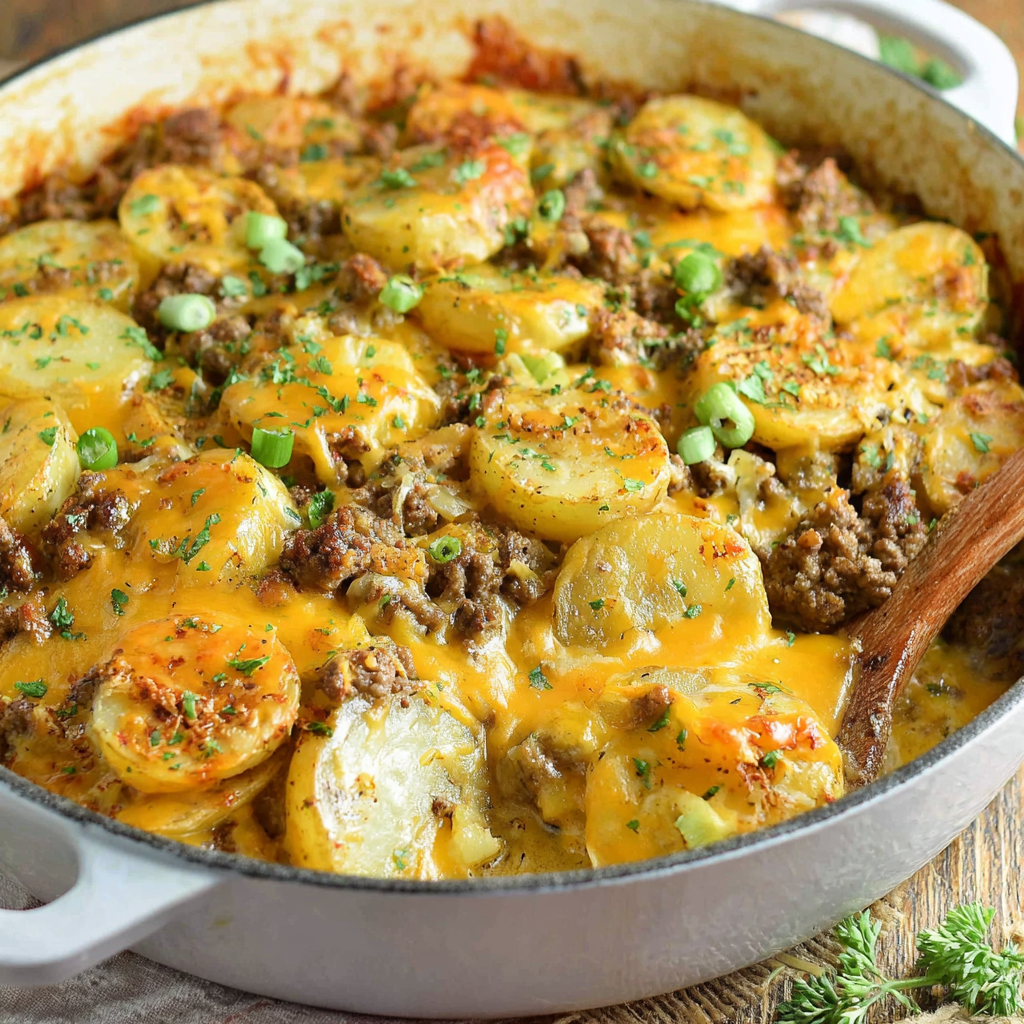
Cheesy Hamburger Potato Casserole
Tender layers of Yukon gold potatoes with seasoned beef in a creamy, cheddar sauce, baked until bubbly and irresistibly comforting.

Did You Make This?
Leave a comment & rating below or tag @flavest on social media!
Rate This Recipe
Share This Recipe
Enjoyed this recipe? Share it with friends and family, and don't forget to leave a review!
Comments (1)
This recipe looks amazing! Can't wait to try it.
Comments are stored locally in your browser. Server comments are displayed alongside your local comments.
Hi, I'm Maria!
What's Popular
30-Minute Meals!
Join to receive our email series which contains a round-up of some of our quick and easy family favorite recipes.

